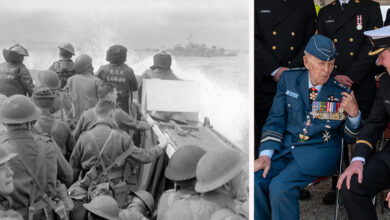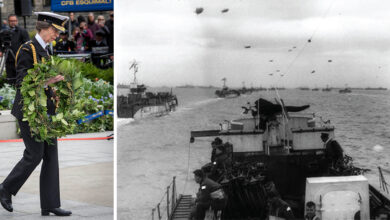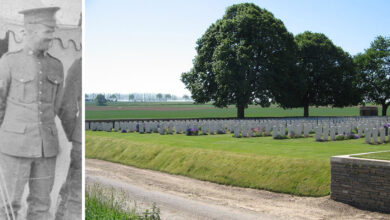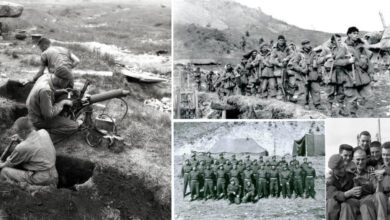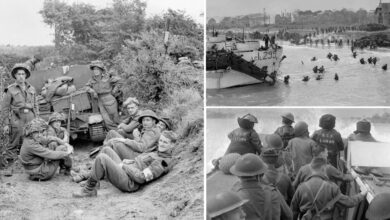History
Commemorating the beginning of the Great War
On August 4, 1914 Britain declared war on Germany. This declaration bound all Dominions within the British Empire, which meant Canada, Australia, New Zealand, India, and South Africa were also going to war against Germany and its allies.
For the next four years and 100 days, over 600,000 Canadians would serve in the First World War from fighting battles at Vimy Ridge, Hill 70, and Passchendaele, to aiding the wounded in the battlefields and working in munitions factories back home. Those injured during the First World War would total 172,000 and 60,661 would pay the ultimate sacrifice.
In preparation to commemorate the 100-year anniversary of the end of the First World War, the Canadian War Museum will mark the centenary of the Hundred Days campaign with 100 social media posts and a lecture. From August 8 until Remembrance Day, the War museum will share stories of courage, sacrifice, and perseverance during those final months of the First World War. This period is known as the Hundred Days campaign, and during this period 100-years ago, Canada fought a series of decisive battles that significantly contributed to the Allied victory in November 1918.
“For the past four years, we have been exploring the history of the First World War from a variety of perspectives,” said Caroline Dromaguet, acting director general of the Canadian War Museum, in a press release issued August 1. “The Hundred Days social media campaign is another way to connect people to that history. It offers a deeper look at the Canadian resourcefulness and determination that was crucial to the Allied victory in the second half of 1918.”
#Last100Days marks the series of 100 posts and takes followers through the critical battles at Amiens, launching the Hundred Days campaign on August 8, Arras, the Drocourt–Quéant Line, Canal du Nord, Cambrai Valenciennes, and finally Mons. The posts will include the Museum’s collection of archival photos and documents, artifacts, and artwork, giving voice to Canadians who experienced those final weeks of the war, whether in the infantry, in the air, field nurses, or working from the home front.
Stories from well-known Canadians like Lieutenant-General Sir Arthur Currie, who commanded the Canadian Corps throughout the Hundred Days campaign, and Major Georges Vanier, future Governor General of Canada will be featured in the posts. Lesser-known Canadian stories are also featured like Captain Coulson Mitchell, awarded the Victoria Cross for preventing the destruction of a vital bridge at Cambrai; Nursing Sister Gertrude Gilbert kept a diary while serving with the Canadian Army Medical Corps on the No. 4 Ambulance Train; and William Antliff, a McGill University student who chronicled his Hundred Days experiences with the No. 9 Canadian Field Ambulance in his diary and letters
The social media campaign is set to start on August 8 at 7:30 p.m., the same time a lecture on Canada at War in the LeBreton Gallery. Two of Canada’s foremost war historians, Jack Granatstein and Tim Cook, will provide their insights on the final months of the First World War from the perspective of Canadians fighting overseas and struggling on the home front, as part of the War Museum’s World at War – International Speaker Series.
The online initiative and lecture both set the stage for the exhibition Victory 1918 – The Last 100 Days, set to open on October 26. The exhibition curated by Granatstein and Cook, the visual and evocative display combines artwork, artifacts, documents, film, and photos with compelling stories about the Canadian Corps’ role in the last, decisive battles of the First World War.
For more details about the lecture and exhibition, and a list of all War Museum offerings to mark the end of the First World War can be found the Canadian War Museum website.





